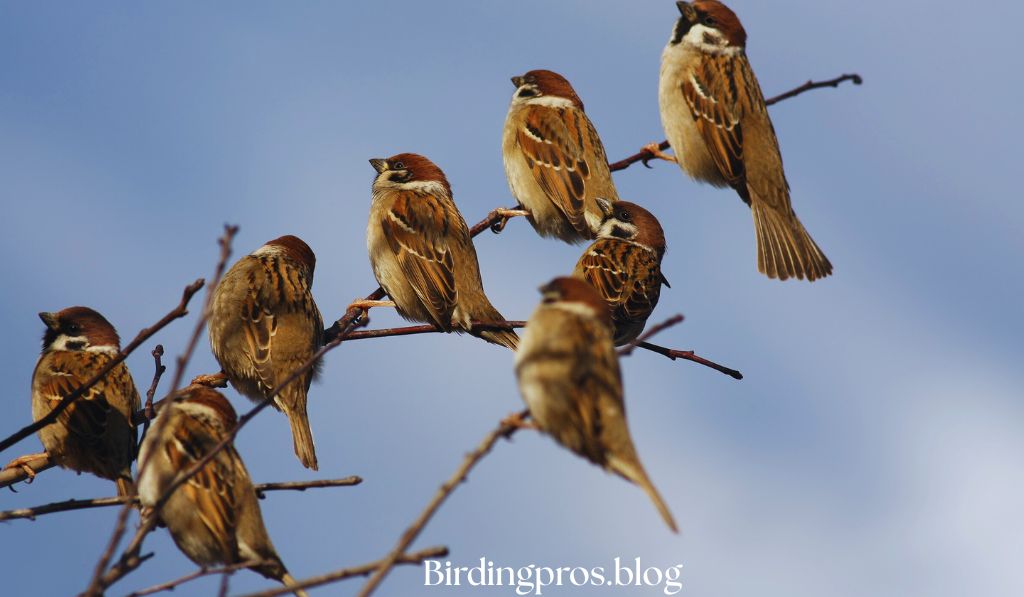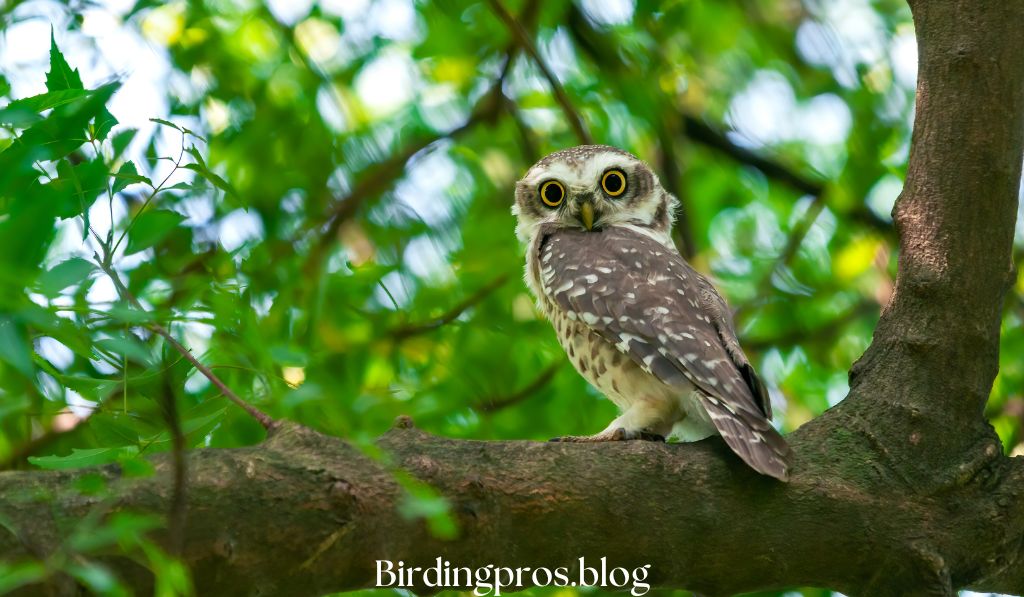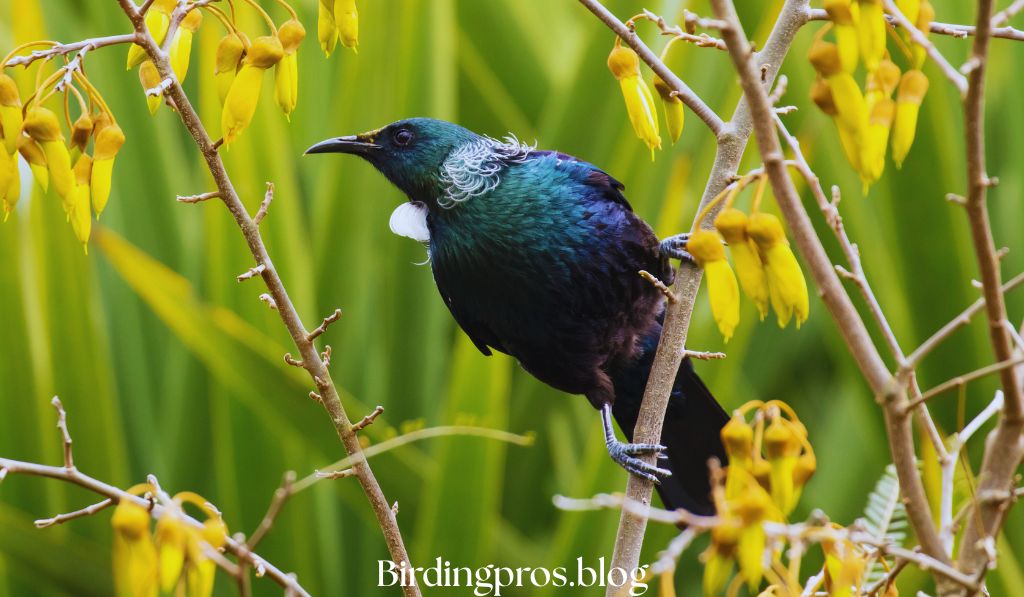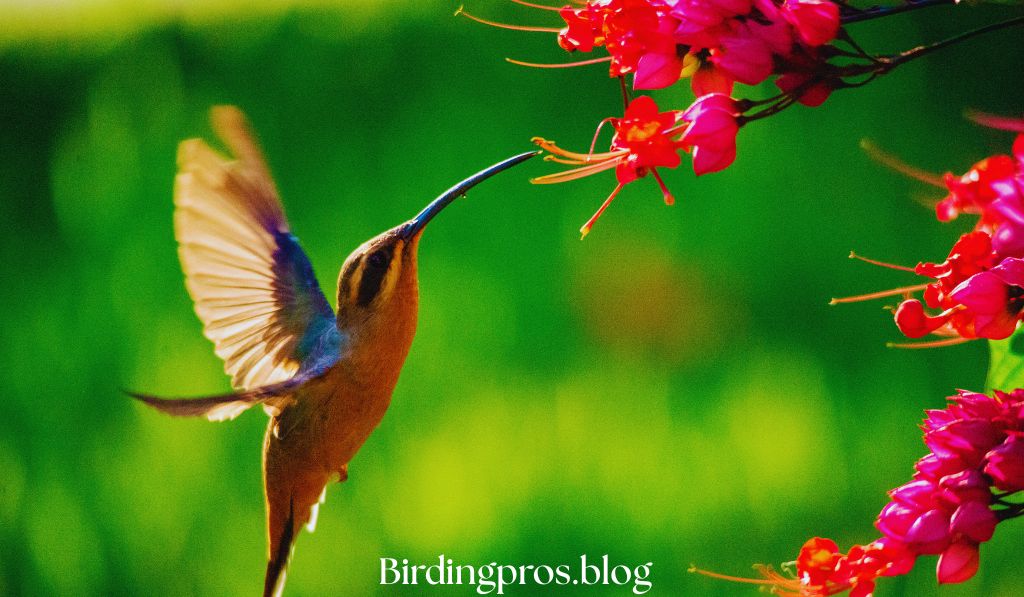As avian specialists understand well, proper nutrients paperwork is the cornerstone of your puppy bird’s fitness and durability.
Whether you’re a new bird proprietor navigating the ever so often confusing global of avian diets or a pro enthusiast searching to optimize your feathered buddy’s nutrients, this complete guide will help you make informed choices approximately your fowl’s nutritional needs.
In the following sections, you’ll find proof-based totally absolutely processes to avian vitamins that draw upon a long time of ornithological studies, medical veterinary exercising, and practical aviculture experience.
The aim is simple however profound: to offer you with actionable data that transforms your birds’s health via best vitamins.
Table of Contents
ToggleThe Critical Role of Nutrition in Avian Health
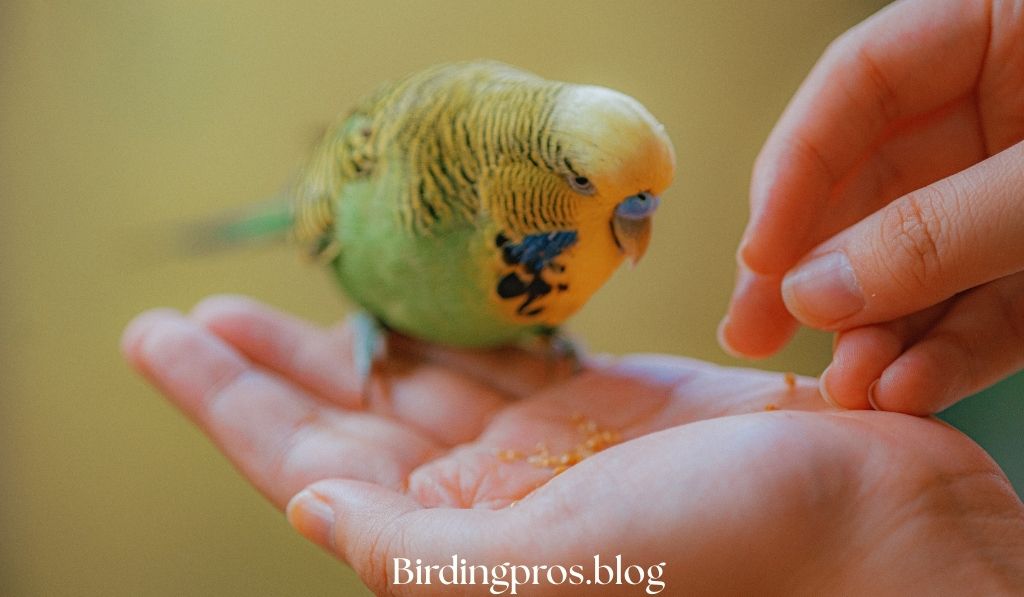
When you study your bird eagerly exploring their meal dish, you are witnessing more than truly eating—you are seeing a complex nutritional method unfold.
As a skilled bird keeper, you understand that nutrients right now affect the whole lot from feather extraordinary to immune characteristic or even behavioral patterns.
Providing top-rated vitamins is not simply approximately filling a food dish—it’s far approximately know-how the precise dietary necessities if you want to help your avian partner thrive.
Birds inside the wild devour severa diets tailor-made to their species’ evolutionary permutations, and replicating this range is vital for captive birds.
The Link Between Nutrition and Lifespan
Research from the Avian Longevity Institute demonstrates that well nourished birds automatically live 30-50% longer than those maintained on inadequate diets.
This dramatic difference isn’t always surprising while you don’t forget that suboptimal vitamins really affect each physical device, developing cascading health effects that compound over time.
The digestive physiology of birds is in particular—with maximum species missing positive digestive enzymes commonplace in mammals at the identical time as owning specialised diversifications much like the crop and gizzard.
Understanding those anatomical variations is vital for formulating suitable diets that aid right nutrient extraction and utilization.
Avian Nutritional Science: Essential Components for Optimal Health
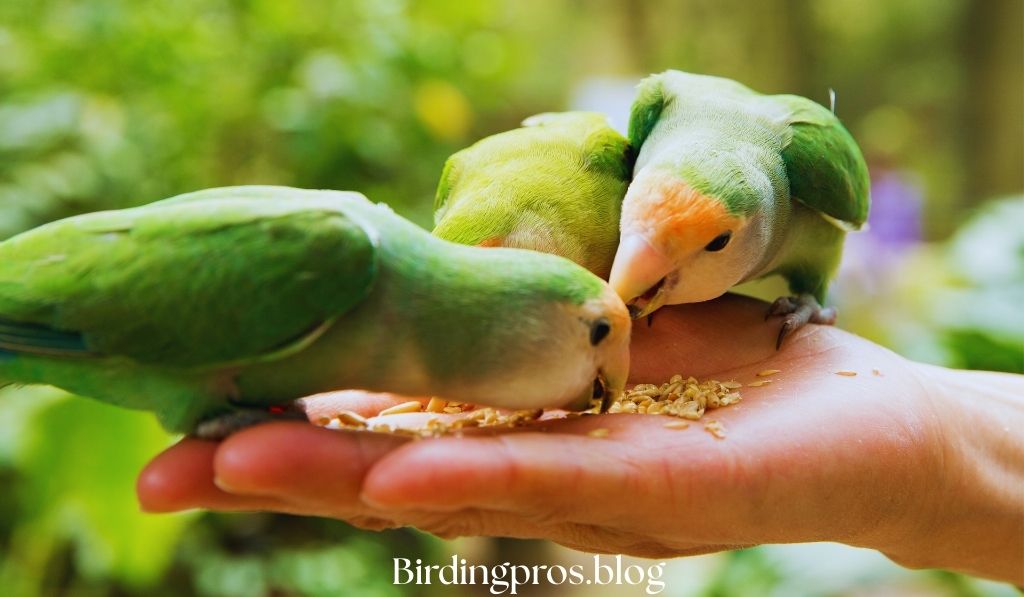
Core Nutritional Requirements
As Dr. Samantha Wright, leading avian veterinarian with the International Avian Nutrition Society, explains:
“Birds’ personal quite active metabolic systems require constant, top notch nutrients.
Their natural feeding behaviors involve committed foraging for the duration of daylight hours, ingesting numerous food assets that together provide complete nutrients.”
Your bird’s weight loss program want to include the ones essential dietary elements:
- Proteins: Critical for tissue repair, feather development, and enzymatic functions
- Carbohydrates: Primary strength belongings supporting day by day hobby and metabolic functions
- Fats: Essential for fat-soluble eating regimen absorption, hormone production, and energy reserves
- Vitamins: Required cofactors for endless physiological approaches and immune characteristic
- Minerals: Fundamental for skeletal power, neurological feature, and metabolic regulation
Species-Specific Nutritional Considerations
Your duties as a knowledgeable bird keeper consist of recognizing that dietary requirements range considerably between bird species.
Dr. Wright emphasizes:
“Macaws have advanced with nutritional styles dramatically great from those of canaries or lovebirds. Understanding the evolutionary nutritional diversifications of your unique species affords the foundation for suitable dietary help.”
Consider these fashionable nutritional styles among not unusual partner birds:
- Psittacines (Parrots): Primarily omnivorous, requiring balanced proportions of plant count number, seeds, nuts, and protein property
- Finches and Canaries: Predominantly granivorous (seed-eating) with necessities for supplemental vegetables and limited fruit
- Lories and Lorikeets: Specialized nectarivores requiring excessive concentrations of liquid nectar formulations and gentle cease result
- Columbiformes (Doves and Pigeons): Primarily granivorous with emphasis on diverse seed kinds and restricted vegetables
Commercial and Natural Bird Food Options: A Comprehensive Analysis
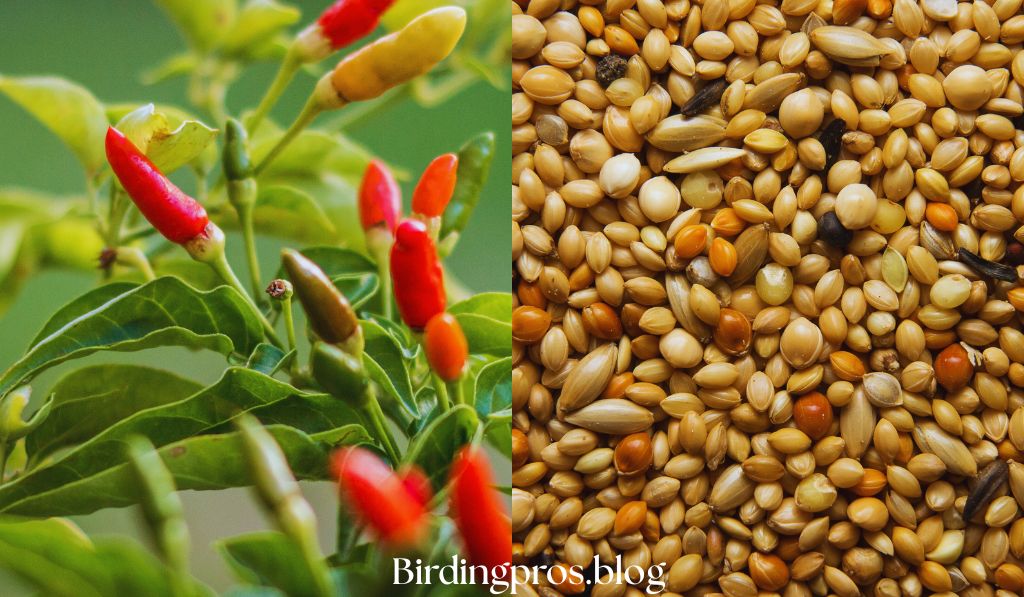
Now that you apprehend the nutritional foundations of avian fitness, let’s see the various feeding tactics available and their respective blessings and limitations.
Seed-Based Diets: Traditional Yet Problematic
Traditional seed mixtures continue to be famous amongst many bird keepers, yet skilled aviculturists recognize their huge obstacles.
Benefits of Seed-Based Nutrition:
- Natural appeal for most birds species
- Provides important fatty acids whilst properly determined on
- Supports natural hulling and foraging behaviors
Limitations of Seed-Based Nutrition:
- Severe nutritional imbalances when used absolutely
- Excessive fat content material cloth in plenty of seed types
- Promotes selective feeding (birds eat favored seeds while ignoring others)
- Deficient in critical nutrients and minerals
Dr. Alexander Chen, director of the Exotic Bird Nutritional Research Center, cautions:
“The vast majority of fitness problems I diagnose in scientific exercise stem from seed-dominant diets.
While seeds ought to stay part of the nutritional profile for optimum species, they can’t constitutionally assist whole avian fitness at the same time as used as primary vitamins.”
Formulated Pellets: Nutritionally Balanced Solutions
Modern avian nutrients have been revolutionized via the improvement of scientifically formulated pelleted diets, which provide regular nutrients in every chunk.
Benefits of Pelleted Nutrition:
- Complete dietary profiles with calibrated nutrition and mineral content
- Eliminates selective feeding behaviors
- Available in species-precise formulations
- Supports consistent dietary intake
Considerations with Pelleted Nutrition:
- May require sluggish creation for birds familiar with seeds
- Reduces herbal foraging time and behavior
- Quality varies substantially between producers
- May include artificial colorings or preservatives in a few manufacturers
Dr. Chen recommends:
“For the bulk of partner birds, incredible, simply colored pelleted diets have to constitute 65-eighty% of every day caloric intake, complemented by using suitable glowing foods and constrained wholesome treats.”
Fresh Foods: Nature’s Nutritional Spectrum
Incorporating glowing produce into your birds’s weight-reduction plan gives important phytonutrients and micronutrients whilst supporting mental well-being through dietary range.
Benefits of Fresh Food Integration:
- Delivers clearly occurring nutrients, minerals, and antioxidants
- Provides environmental enrichment and stimulates natural behaviors
- Can be seasonally adjusted for maximum dietary cost
- Allows customization based totally on man or woman alternatives and species requirements
Considerations with Fresh Foods:
- Requires every day guidance and proper meals safety practices
- Several common ingredients are poisonous to birds and have to be prevented
- Nutritional content material varies with growing situations and freshness
- Must be removed proper way to prevent bacterial increase
Rebecca Martinez, certified avian nutritionist and prolonged-term breeder of uncommon psittacines, shares:
“When my breeding pairs began out receiving hooked up easy meals rotations, I determined exceptional improvements in reproductive fulfillment, chick improvement charges, and normal energy. Fresh ingredients aren’t supplements—they may be vital additives of entire avian nutrients.”
Optimal Fresh Food Selection by way of Category
When selecting fresh ingredients in your avian companion, cope with these nutritional powerhouses:
Leafy Greens (Daily Offering)
- Kale, Swiss chard, and dandelion veggies offer calcium and nutrients K
- Romaine and purple leaf lettuce provide hydration and fiber
- Spinach need to be restricted because of oxalate content which could have an effect on calcium absorption
Colorful Vegetables (Regular Rotation)
- Bell peppers include high nutrients C and carotenoids
- Carrots offer beta-carotene and fiber
- Broccoli and cauliflower supply sulfur compounds beneficial for cleansing pathways
Fruits (Limited Offerings)
- Berries provide antioxidants and lower sugar content than tropical fruits
- Apples (seeds eliminated) provide pectin and fiber
- Papaya consists of digestive enzymes useful for avian digestion
As Dr. Elizabeth Wong, Director of Comparative Nutrition at Pacific Avian Research Center notes:
“The pigments giving components their colorful shades are bioactive compounds with enormous health benefits. Birds with admission to color-diverse diets display measurably advanced immune characteristics in comparison to government agencies.”
Supplements and Treats: Strategic Nutritional Additions
While no longer foundational elements, well decided on treats and particular supplements can cope with centered nutritional needs or serve as training gear.
Benefits of Strategic Supplementation:
- Addresses precise health conditions or life-level necessities
- Provides valuable education possibilities
- Enhances environmental enrichment
- Can target specific dietary deficiencies while properly administered
Considerations with Supplements and Treats:
- Risk of overfeeding and consequent nutritional imbalance
- Many enterprise treats include excessive simple sugars
- Supplements need to be used simplest with expert steering
- May create food options that complicate balanced feeding
The avian vitamins community usually advises that treats ought to represent no extra than five-10% of standard nutritional consumption, specializing in nutrient-dense alternatives in the vicinity of empty energy.
Formulating Balanced Avian Diets: Practical Implementation
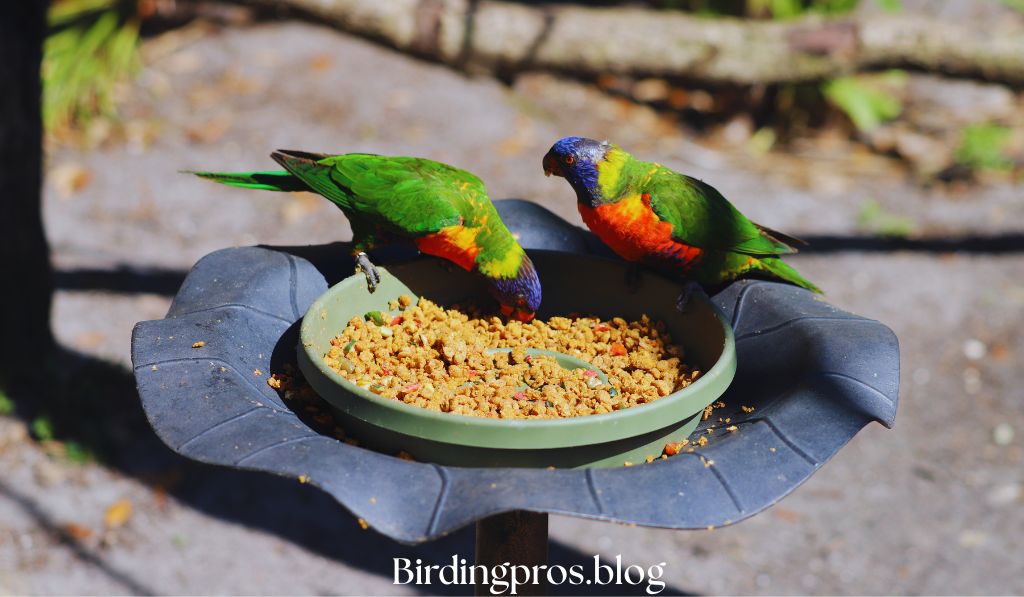
Armed with dietary know-how, how do you put in force and gold general feeding software programs to your birds? Success lies in proportional stability, consistency, and addition in your birds’s precise desires.
The Proportional Approach to Avian Nutrition
Experienced aviculturists generally advocate those giant nutritional proportions for max associate birds:
- 65-75%: High-quality formulated pellets appropriate on your fowl’s species
- 20-30%: Fresh greens, restrained fruits, and suitable plant count number
- 5-10%: Limited seeds, nuts, and healthful treats
These proportions need to be adjusted primarily based on species, individual health status, reproductive circumstance, and veterinary pointers.
Transitioning Birds to Healthier Diets
One of the maximum tough elements of avian nutrition is transitioning birds from terrible-high-quality diets to highest exceptional vitamins plans.
Birds, in particular human beings with established nutritional possibilities, frequently withstand sudden food.
Dr. James Wilson, leading conduct-targeted avian veterinarian, recommends this methodical approach:
- Begin with parallel feeding – Offer new food along acquainted gadgets without eliminating favored foods
- Utilize the flock mentality – When viable, allow birds to observe exceptional birds consuming the modern meals items
- Implement morning feeding – Offer new ingredients first factor inside the morning while birds are really hungriest
- Consider texture matching – Initially pick new elements with comparable textures to favored items
- Practice endurance – Successful dietary transitions usually require 3-eight weeks of consistent attempt
Wilson emphasizes:
“In many years of medical practice, I’ve in no way encountered a birds that could not be transitioned to a more wholesome weight loss plan. The variable isn’t whether or not transition is viable, but as a substitute for how masses time and creativity the process calls for.”
Sample Daily Feeding Schedule for Medium Psittacines
| Morning | Midday | Evening |
|---|---|---|
| Measured portion of species-appropriate pellets | Fresh vegetable medley (leafy greens, colored vegetables, limited root vegetables) | Measured portion of pellets |
| Limited portion of species-appropriate seeds | Small amount of sprouted grains or legumes | Small portion of protein source (if appropriate for species) |
| Clean, fresh water | Fresh water refresh | Final water refresh |
This agenda exemplifies proper feeding practices for lots medium-sized parrots but must be customized for your particular fowl’s requirements.
Foraging Enrichment: Psychological Dimensions of Avian Nutrition
In their herbal habitats, birds commit giant time and electricity to locating, processing, and consuming meals.
This foraging behavior satisfies no longer simplest dietary desires but moreover essential intellectual requirements.
The Multidimensional Benefits of Foraging
Implementing foraging opportunities gives your bird with:
- Physical Exercise: Natural actions that keep wholesome weight and muscle tone
- Mental Stimulation: Problem-solving demanding situations that assist cognitive fitness
- Psychological Satisfaction: Engagement of innate behaviors that reduce pressure
- Time Investment: Healthy career of time that might otherwise be directed in the direction of complicated behaviors
Practical Foraging Implementation Strategies
Experienced aviculturists incorporate the ones foraging strategies into their birds’ each day exercises:
- Utilize commercial enterprise foraging toys with adjustable hassle levels
- Wrap appropriate components in bird-steady paper or place in puzzle feeders
- Distribute meals portions inside the course of the enclosure in one in all a kind locations
- Present food requiring processing (e.G., nuts in shells for suitable species)
- Gradually boom foraging undertaking as your bird develops capabilities
Professional birds instructor and conduct consultant Maria Hernandez notes:
“When I carried out established foraging packages for my customers’ birds, we located approximately 80% reduction in complicated behaviors like feather adverse conduct and excessive vocalization inside eight-12 weeks. The psychological effect of appropriate foraging can not be overstated.”
Progressive Foraging Implementation
Creating a successful foraging utility requires thoughtful development from easy to complicated stressful conditions:
- Level 1: Introductory Foraging Begin with apparent packing containers that permit the birds to see meals gadgets at the same time as getting to know how to manipulate easy mechanisms. Place familiar elements in part uncovered to encourage interplay.
- Level 2: Intermediate Challenges Introduce paper wrapping, easy puzzle toys, and multiple box places. Begin incorporating novel food items paired with preferred treats to assemble incredible establishments.
- Level 3: Advanced Foraging Systems Implement multi-step puzzles, time-not-on time feeding systems, and obviously difficult food shows (like pine cones with embedded treats for large psittacines).
Jonathan Taylor, main avian enrichment specialist, advises:
“Document foraging successes and demanding situations. Birds have boom character options for foraging styles—a few excel with manipulative puzzles at the same time as others opt for looking at sports activities. Tailoring your method for your birds’s cognitive style dramatically improves engagement.”
The Comprehensive Impact of Nutrition on Avian Health and Behavior
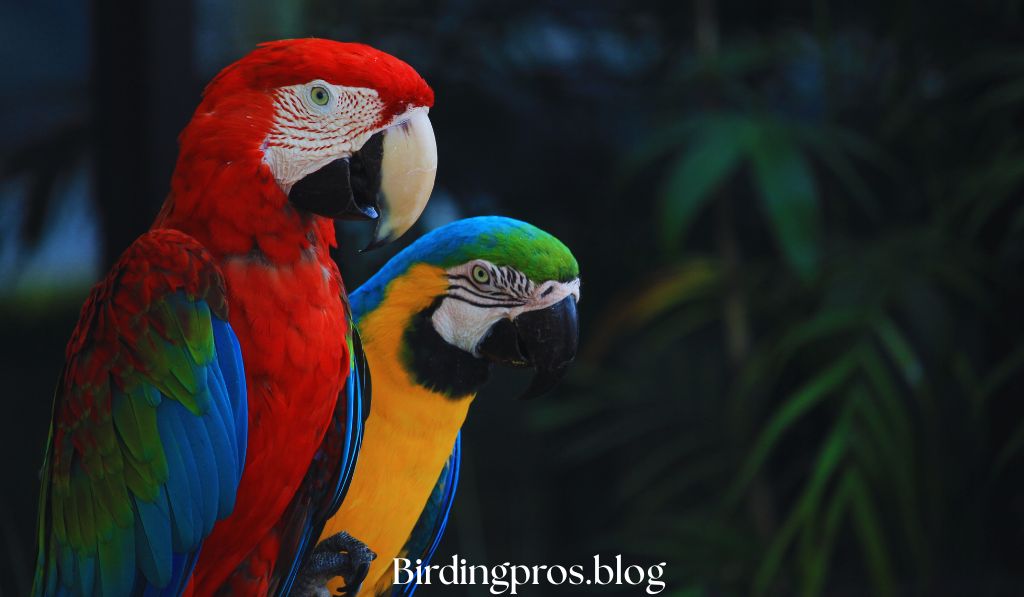
As you have now recognized, vitamins truly are every component of your bird’s physical situation and psychological well-being.
Physical Health Outcomes of Optimal Nutrition
With proper dietary control, you could expect to have a take a look at:
- Enhanced feather structure, colour intensity, and molt efficiency
- Appropriate weight upkeep and muscle development
- Strengthened immune reaction and ailment resistance
- Improved breathing and cardiovascular characteristic
- Optimized reproductive fitness and durability
Understanding Avian Metabolic Health
Birds very own uniquely inexperienced metabolic structures, allowing fantastic power manufacturing whilst developing precise dietary vulnerabilities.
Your comprehension of these metabolic peculiarities empowers you to make extra knowledgeable dietary picks.
Lipid Metabolism
Birds utilize fatty acids differently than mammals, with heightened overall performance in some pathways while lacking others completely.
This physiological fact explains why obesity develops rapidly in sedentary birds eating excessive-fat diets, mainly seed mixtures.
Carbohydrate
Processing While birds correctly method clean carbohydrates, complicated carbohydrates require different digestive procedures relying on species.
Nectarivorous species like lories personal specialised brush-border enzymes for processing complicated sugars, whilst granivorous birds depend greater intently on mechanical processing within the gizzard.
Protein Requirements
Throughout Life Stages Protein dreams vary dramatically during a bird’s existence cycle, with heightened necessities during growth, duplicate, and molting periods.
Dr. Robert Jensen, avian dietary biochemist, explains:
“The amino acid profile—now not without a doubt protein percentage—determines nutritional adequacy. Birds require particular critical amino acids in specific ratios.”
Behavioral Manifestations of Nutritional Balance
Proper vitamins commonly produces those behavioral improvements:
- Increased hobby ranges with appropriate rest intervals
- Enhanced vocalization fine with decreased excessive screaming
- Greater environmental interaction and exploratory behavior
- Improved schooling responsiveness and cognitive characteristic
- Reduced competitive presentations and detrimental behaviors
Recognizing Nutritional Deficiencies
As an attentive fowl keeper, you should stay vigilant for those common signs of dietary deficiency:
Vitamin A Deficiency
- White plaques within the mouth or on tongue
- Increased susceptibility to respiratory infections
- Poor feather super, in particular affecting color intensity
- Reduced tear production and subsequent eye inflammation
Calcium Deficiency
- Egg binding in reproductive ladies
- Weakened skeletal shape and pathological fractures
- Seizures or muscle tremors in immoderate instances
- Abnormal beak boom styles
Iodine Deficiency
- Thyroid expansion (visible as swelling at base of neck)
- Altered metabolic fee affecting weight and electricity tiers
- Reproductive failures no matter appropriate conditions
- Changes in feather fine inside the direction of molt cycles
Conclusion: Your Role in Your Bird’s Nutritional Health
As you have discovered at some point of this complete examination of avian nutrients, your function as caretaker extends some distance past simply filling meals dishes.
You now own the facts to make knowledgeable choices about your bird’s nutritional goals based on medical expertise as opposed to antique practices or marketing claims.
Remember that dietary necessities may additionally moreover change for the duration of your fowl’s existence based totally on age, reproductive status, health situations, and seasonal factors.
Regular consultation with an avian veterinarian skilled in nutritional control stays crucial for optimizing your particular bird’s diet.
The Future of Avian Nutrition
As studies advances, our expertise of the avian nutritional era continues to conform. Forward-thinking fowl keepers live knowledgeable about rising dietary standards at the same time as retaining a foundation in set up principles. Consider those developing regions of avian dietary technology:
- Microbiome Management: Emerging research shows probiotics and prebiotic fibers may additionally additionally significantly affect digestion and immune feature
- Antioxidant Optimization: Studies display that strategic antioxidant provision may additionally make bigger lifespan and cognitive feature
- Chrononutrition: Evidence suggests that feeding schedules can be as important as feeding content material for some species
- Precision Nutrition: Technological advances are permitting an increasing number of custom designed nutritional recommendations primarily based on man or woman fitness parameters
By enforcing the requirements mentioned in this guide, you’re supplying your feathered partner with the inspiration for maximum efficient health, sturdiness, and first-rate lifestyles.
Your commitment to proper nutrients represents one of the most sizable contributions you may make on your bird’s proper-being.

